When I first tested the Panasonic Lumix S9, it took a while to truly understand the intention behind it. Although compact and adorable, the it lacked an EVF and had a very basic control structure. Clearly, the S9 was intended for beginner photographers or creators who desired a simple and approachable camera.
It was kitted with a terrible fixed 26mm f/8 lens that was so severely limited that it served better as a lens cap than an optical tool. You could also get it with the 20-60mm f/3.5-5.6 but this limited how compact the S9 could be and never seemed like the ideal solution. I learned to appreciate using it as a compact walk-around camera on the streets of Osaka, but I was not convinced of its merit for my own needs.
However, Panasonic added a couple of compelling reasons to take a second look at the S9 in the form of a substantial firmware update and a brand new kit lens: the $500 18-40mm f/4.5-6.3 (paired with the S9 as a new kit, it’s $1,800 total). Perhaps it will make more sense with this lens paired with some thoughtful firmware updates.

With the new Panasonic 18-40mm f/4.5-6.3 in my hands, I decided to give the S9 another go and see if everything deserves a second chance. First, let’s take a look at what the new 18-40mm lens brings to the table.
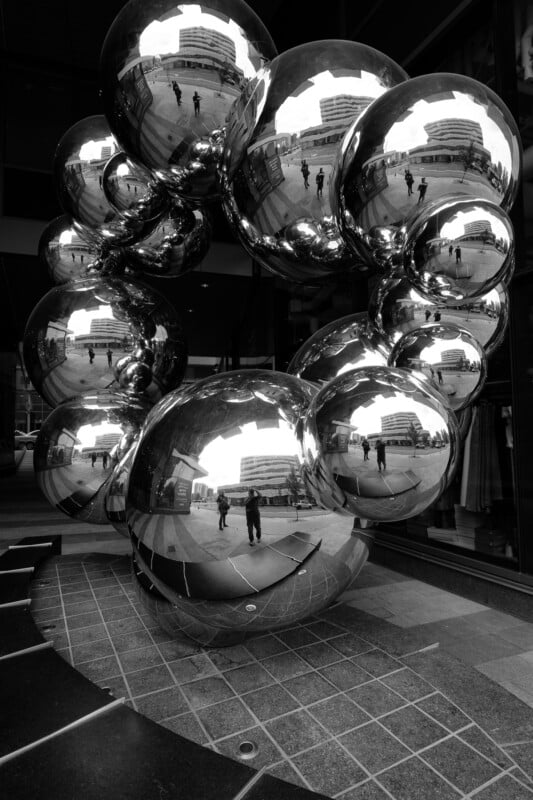
The 18-40mm f/4.5-6.3 is the Lens the S9 Was Meant to Launch With
Panasonic has incorporated a collapsible lens design to keep the form factor of the 18-40mm f/4.5-6.3 as small as possible. The lens stows into a very lean package and looks most appropriate on the front of the S9. It isn’t just small either but also incredibly light at just 5.4 ounces (155 grams). I fully expected the lens to feel like plastic junk but it surprisingly robust and is actually better weather sealed than the S9. The collapsible lens barrel has minimal play and the focus and zoom rings feel smooth and sturdy. There is an AF/MF selector switch on the side of the lens, 62mm filter threads, and frankly not much else. This lens is designed to be compact and simple.
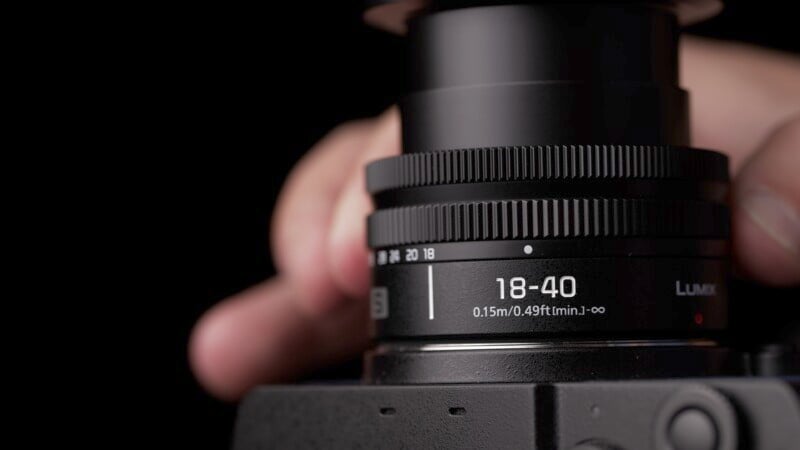
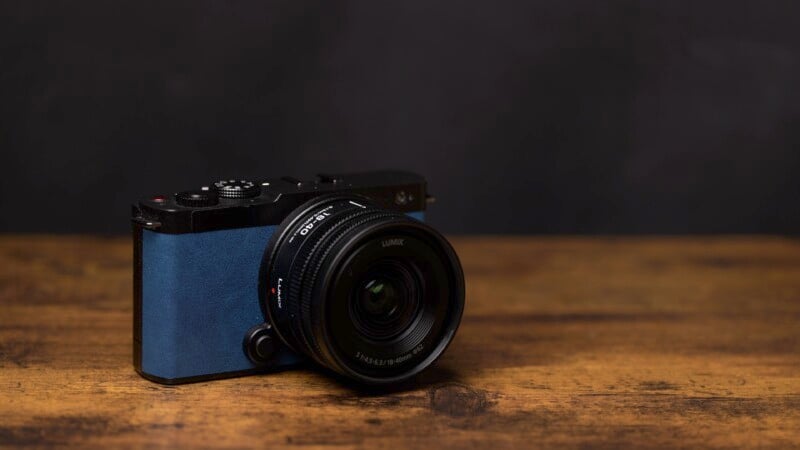
I was pleasantly surprised by how nicely the manual focusing ring feels on such a basic kit lens. This is especially handy when using the macro mode on the 18-40mm which happens to be decently impressive. Doing its best close-up work at 21mm, the lens can provide 0.28x magnification which certainly adds to its versatility. Autofocus performance was quick and accurate for most photographic situations and I never felt like I was held back by the speed.


Although the Panasonic 18-40mm lens is considered a kit lens, I find its focal length range to be more suited as a travel landscape or street photo lens. It is essentially a very compact ultra-wide zoom and I found myself wanting for longer reach in many cases. I would definitely want a supplementary telephoto lens to go with it. However, it does work well as a little walk-around lens on the street so I first wanted to see how it handled bright light and flare.
Surprisingly, I didn’t notice any major loss of contrast or flare with bright light sources in or just out of the frame. This is an excellent result considering there is no lens hood provided. I also found almost no ghosting even at tight apertures. Sadly the sunstars are nondescript and flat looking.

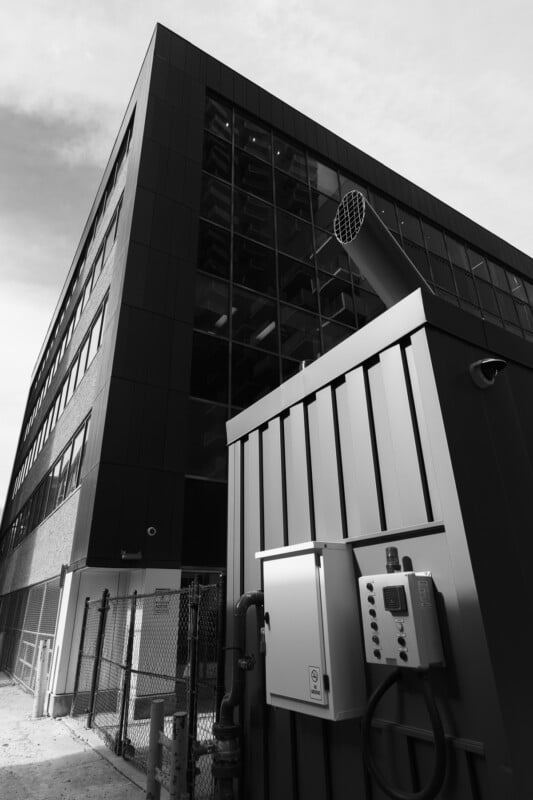
There is also no getting around the fact that the 18-40mm lens is very slow in regards to its light-gathering potential. This means that the lens will rarely display shallow depth of field but in the rare situations where it might happen, I wanted to test the bokeh characteristics. Specular highlights show off a very busy look to the bokeh with tons of onion rings and very stark borders. Frankly, it is quite a noisy, distracting look and comes across even harsher when stopped down. Light sources will take on a very polygonal shape and transitions from focus areas are not particularly smooth. I was not impressed.
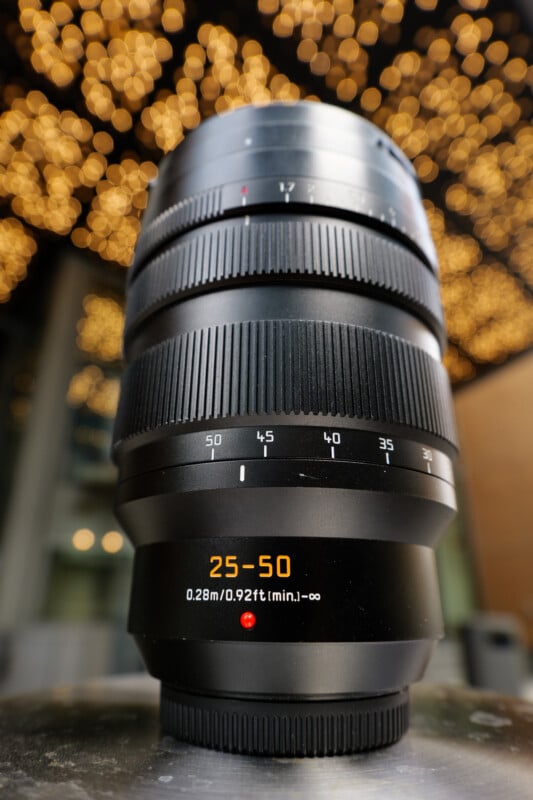
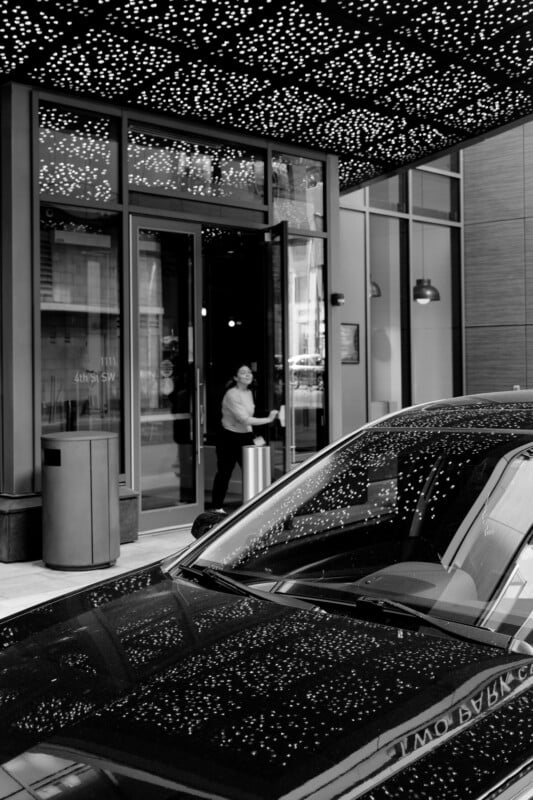
Okay, if the lens is sharp that can at least make up for some of the issues we are having. Having a look at the center of the test charts, the lens is very good both at 18mm and at 40mm. Stopping down the lens will provide a little more contrast but the detail is already excellent. The corners suffer a little bit in comparison with some softness towards the extremes. Stopping the lens down does enhance contrast but the corners never quite get sharper. Overall though, this little 18-40mm can deliver some sharp images.
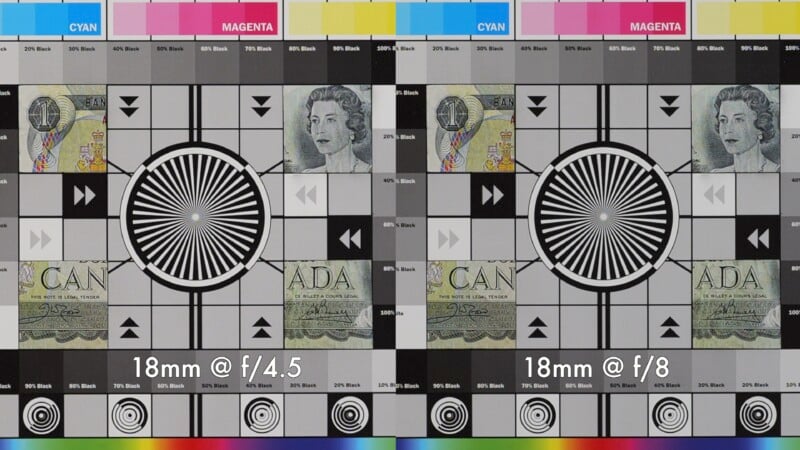

Firmware Update Fixes Most of Our Complaints
A new lens isn’t the only thing that could potentially make the S9 a more useful camera as Panasonic also rolled out a substantial firmware update. Jordan Drake tested it out as it mostly has to do with video improvements.
First, the S9 offers the option to disable recording limits and roll until the camera becomes too hot to operate. This can make a dramatic difference as Panasonic is very conservative with its record cutoffs, as they are based on using the camera at 40 degrees Celsius or 104 degrees Fahrenheit. We found that at room temperature, you could record multiple clips back-to-back without overheating the camera, so the record cutoff seemed more like an irritation than a necessity.
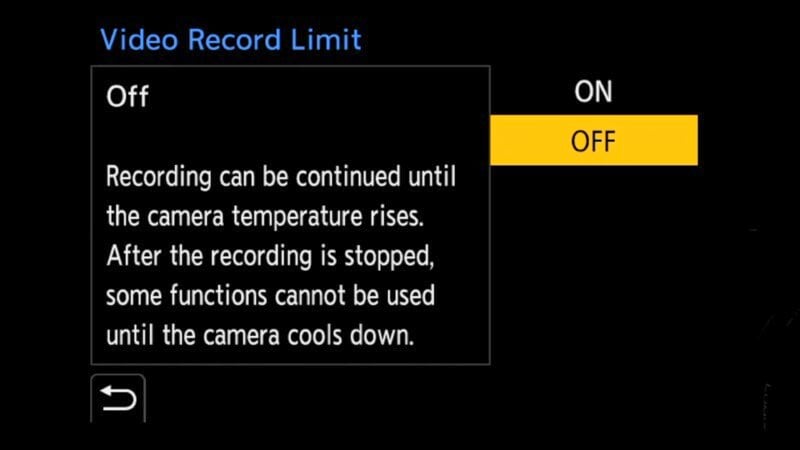
Now with “Video Record Limit” disabled, where the S9 was previously cut off at 10 minutes, it was able to record 6K open gate video for 81 minutes before it shut down because the battery died — not due to overheating. The temperature warning did come on at 52 minutes and the camera was certainly hot to the touch, but this mode would absolutely be usable for recording a one-hour performance indoors. The oversampled 4K at up to 30p gave a similar result and was able to run for 79 minutes before the battery died.
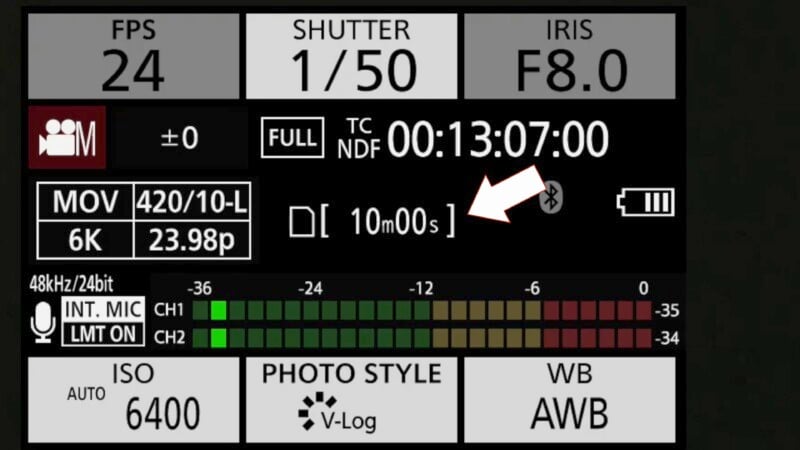
The only mode we were able to get the S9 to overheat during while battery life remained was with the cropped 4K/60p mode which previously had a 15-minute cutoff. It led to an overheat warning at 38 minutes and shut down at 50 minutes. If you capture long takes at 60 frames per second, this could be an issue, but since 4K/60p is often used for short, slow-motion capture, I think this will still be acceptable for many shooters.
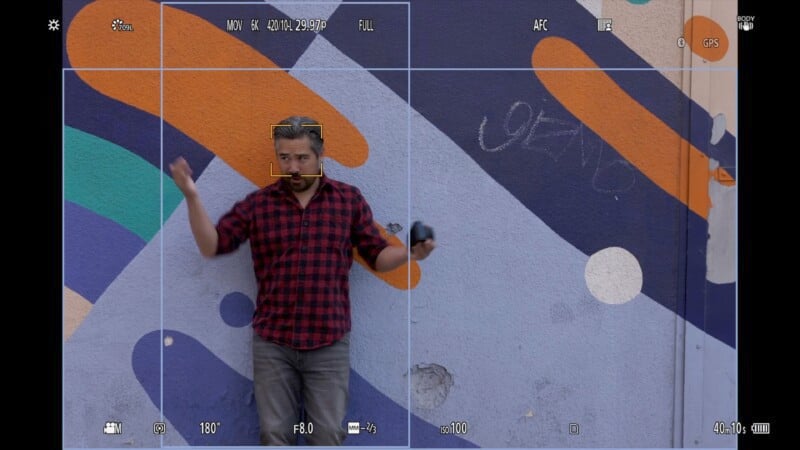
The other major update regards custom frame lines. One of the most useful features in the latest Lumix cameras is the ability to shoot “Open Gate” where you use the full resolution and aspect ratio of a camera’s sensor. In the case of the S9, that’s a 6K 3:2 ratio. One of the main benefits is the ability to re-frame for multiple aspect ratios, like 16:9 for YouTube and vertical 9:17 for TikTok or Instagram Reels. Unfortunately, Panasonic’s frame lines have previously only allowed you to have a single guide onscreen at a time. Now, you can have multiple frame lines on your display, and you can even customize the size and location of these frame lines to make sure your composition will work on various platforms.
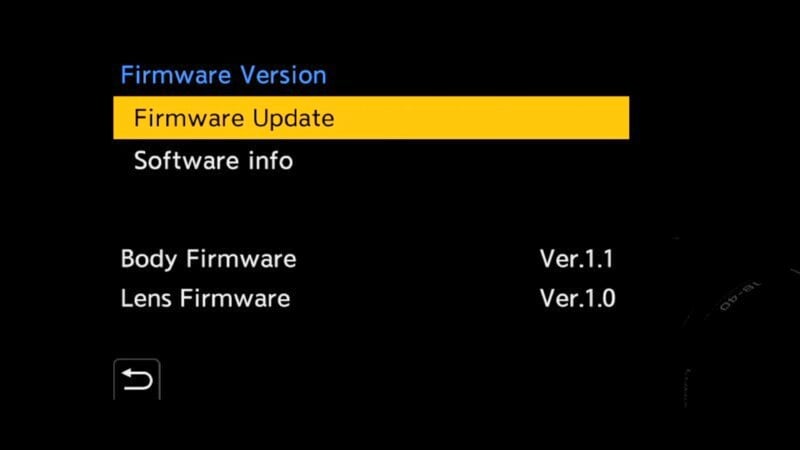
These two additions immediately make the S9 a more flexible camera for video creators, and really should have been available at launch. As it stands, if you can manage without a headphone jack for audio monitoring, the S9 can now be useful for recording longer indoor events, as well as short-form video in the field.

A Second Chance at Greatness
So do all these changes breathe new life into the Panasonic S9? I think the latest firmware update goes a big way to enhancing the usefulness of the S9 for live streamers and YouTube creators. The previous 10-minute cutoff time was comically short and at least the S9 now has more potential to a wider variety of users. However, what I found most novel about the S9 was the enhanced real-time LUT support which won me over after navigating through its idiosyncrasies. The latest firmware updates extend to the G9 II and S5 II platforms where a button can now be customized for real-time LUT access and spreads out that feature across Panasonic’s other Lumix cameras.
None of this takes away from the S9 and it was an expected move on Panasonic’s part, but I can’t help but feel that it steals a little of the magic that made the S9 unique. I also found the new 18-40mm to be a handy little ultra-wide lens but it wasn’t wowing me with its optical performance and I constantly pined for the 20-60mm kit lens instead, despite its slightly larger dimensions.
Any improvements are a good thing in the end and I think anyone looking for a simple and compact system can appreciate the new lens and better video versatility offered now. If you were waffling on whether to get the S9 kit before, these new improvements might push you over the edge.
